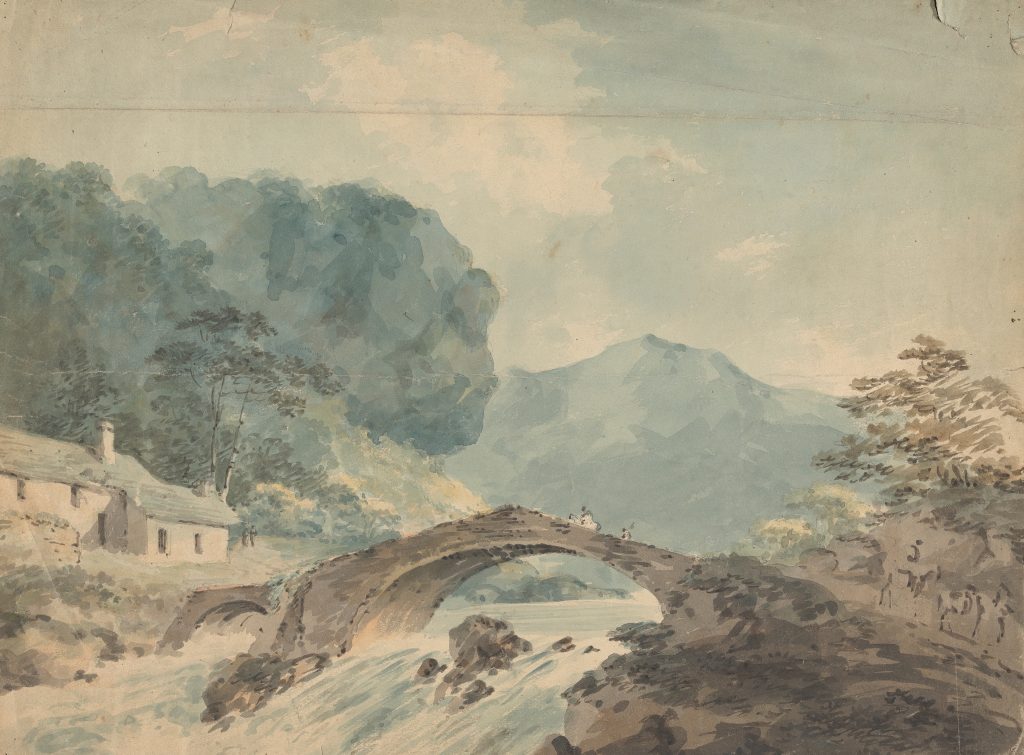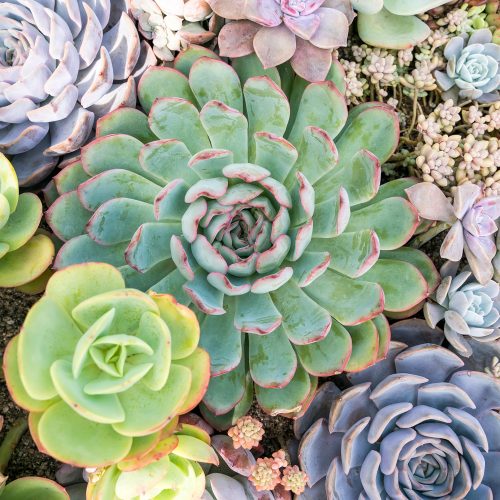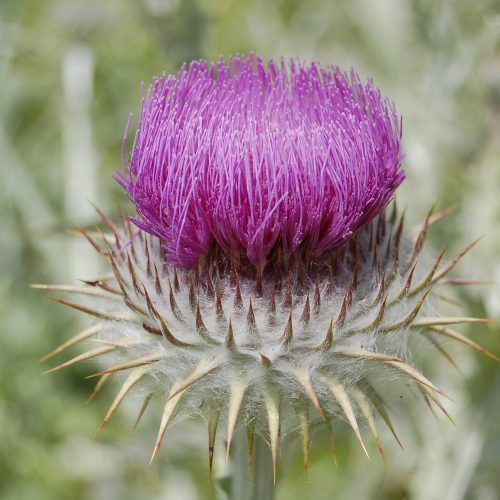Location: online
About the course
The aesthetic category known as the Picturesque developed in the latter part of the eighteenth century. Defined by the artist and travel writer William Gilpin as ‘that peculiar kind of beauty which is agreeable in a picture’, it was equally applicable to art, architecture and even music. In the case of British landscape, the Picturesque aesthetes championed a Romantic appreciation for rugged and sublime topography. Through their writings, Sir Uvedale Price and Richard Payne Knight harnessed a growing disdain for the minimal landscapes of Brown and his contemporaries, instead encouraging Picturesque values of irregularity and wildness. This lecture grapples with the paradoxes inherent in a movement which championed unbridled naturalism through the artificial lens of taste, whilst recognising the early role of the Picturesque writers in championing wilderness preservation.
About the tutor
Laura Mayer is an independent lecturer and researcher. She holds an MA in Garden History and a PhD on eighteenth-century architecture and landscape design. Laura has worked on conservation projects for the National Trust, taught on academic courses and led groups around some of England’s most famous estates, including Highclere Castle, the setting for Downton Abbey. She has also published extensively, most notably on Capability Brown and Humphry Repton.
Bookings for this course will close on 7 December
Please note this is an online course. No specialist software is required to participate, but a device with a microphone and webcam will be needed. Full joining instructions will be emailed a few days before the date of the course.
This is a live course and will not be made available as a recording.

Please take the time to read our course cancellations and refunds policy.
Please note that once this course has been filled, you can email education@botanic.cam.ac.uk to be added to a waiting list.




